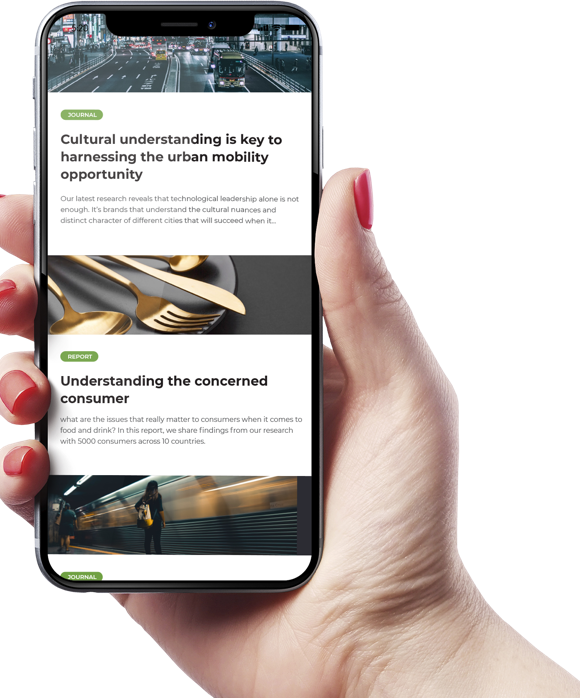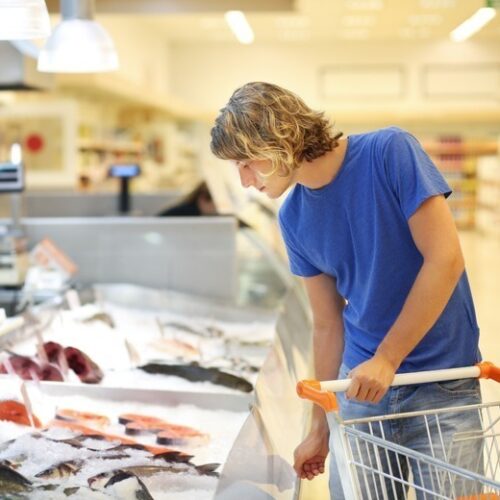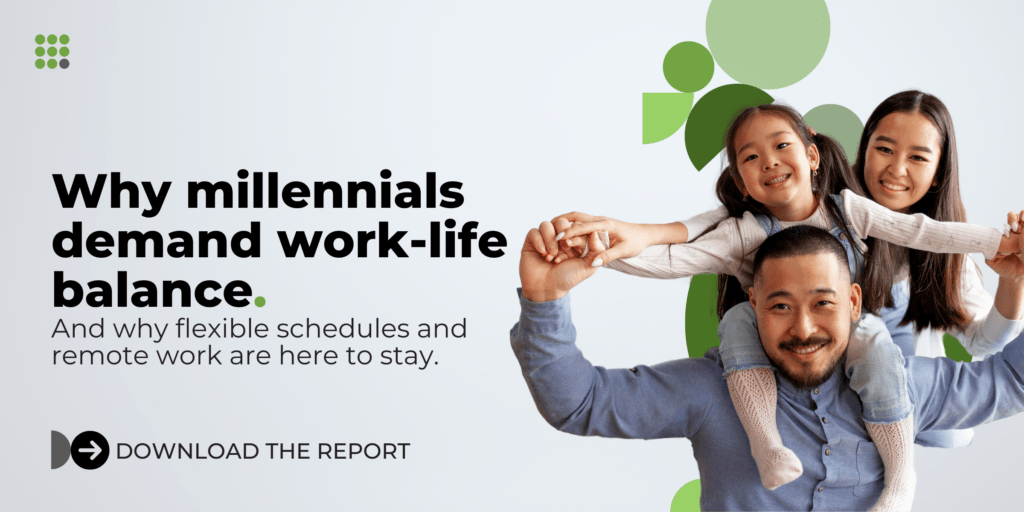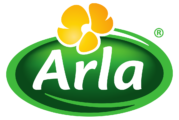In Tokyo’s famed Tsukiji Market, chefs scrutinize every fish not only for quality but for its entire journey to their cutting board. QR codes are scanned, traceability records examined, and proof of origin demanded. This is no fleeting trend; it’s a direct response to escalating concerns over food safety and sustainability, amplified by recent high-profile scandals in the global seafood industry.
Recent years have revealed major flaws in seafood supply chains, raising serious concerns about safety and sustainability. One of the most alarming cases involved harmful chemicals found in shrimp exports from India, triggering global fears over contamination. Investigations into seafood fraud have uncovered widespread mislabeling, with fish species swapped and origins hidden. A study found that nearly a third of seafood samples were mislabeled, including high-demand fish like tuna and snapper. In Europe, farmed salmon and cod have been fraudulently sold as wild-caught, further eroding consumer trust. These scandals have intensified calls for stricter regulations and clearer labeling to rebuild confidence.
These scandals have shifted consumer priorities. A recent survey found that 72% of global consumers are willing to pay more for traceable, locally sourced seafood. Transparency is no longer a niche concern – it’s shaping purchasing decisions worldwide, from San Francisco to Berlin. The MSC reports that 71% of consumers now prioritize verified sourcing, signaling a major shift in market expectations.
The Rising Tide of Local Seafood Demand
Consumer demand for local seafood is growing rapidly, driven by a shift in priorities from price and convenience to trust and sustainability. In the US, UK, and Asia, buyers are increasingly seeking seafood with clear sourcing information, preferring options that can be traced back to responsible fisheries. This shift reflects a broader skepticism toward mass imports as consumers and regulators push for stricter oversight and higher standards. With local seafood often offering fresher quality and shorter supply chains, its appeal continues to expand beyond niche markets and into mainstream retail and dining.
In the US, demand for local seafood is surging. Since 2018, NOAA’s Seafood Import Monitoring Program (SIMP) has required importers to verify product origins, boosting confidence in traceability. A recent NOAA report found that local seafood consumption has risen 15% in five years, led by younger, eco-conscious shoppers. Retailers like Whole Foods and seafood markets are expanding their selection of sustainably sourced, locally caught products.
In the UK, sustainable seafood is no longer just a consumer preference – it’s influencing government policy. Since Brexit, the country has prioritized local sourcing as part of its food security and sustainability efforts. A recent WWF report found that nearly 60% of UK consumers actively seek sustainable seafood, with 42% favoring traceable, locally caught options.
Asia is seeing a similar shift. In Japan, Korea, and Singapore, consumers are moving away from mass imports, favoring sustainably sourced seafood with clear labeling. Japan has gone a step further, using blockchain to track seafood from catch to consumer, reinforcing the demand for transparency. Even in emerging markets like Thailand and Vietnam, locally sourced seafood is gaining ground, particularly in urban centers where awareness of sustainability is rising.
Regulatory pressure is accelerating the shift toward local seafood. The US and European Union have already tightened traceability requirements, and more governments are following suit. As seafood supply chains grow more complex, demand for verifiable, local sources is rising. Fisheries worldwide are under increasing pressure to adopt sustainable practices as both consumers and regulators push for greater accountability.
Once a niche preference, local seafood is now a major force in the global market, fueled by growing demand for trust, transparency, and sustainability.
The Psychology of the Plate
Consumers aren’t just looking for seafood – they’re looking for certainty. Emotional, cultural, and health concerns are driving the demand for traceable, local seafood. With food safety scandals still making headlines, trust has become the deciding factor in purchasing decisions.
Trust is now central to how consumers buy seafood. A 2023 World Economic Forum (WEF) report found that 68% of consumers prioritize transparency, with many refusing to buy from suppliers who can’t verify their sourcing. This push for traceability isn’t just about sustainability – it’s about restoring confidence in an industry shaken by fraud and contamination scandals.
Health concerns are another major driver of transparency. Reports of chemical residues and antibiotics in imported seafood have led consumers to rethink their choices. A recent Food Safety Alliance study found that 62% of consumers are willing to pay more for seafood with verified health certifications, seeing traceability as a safeguard against contamination.
The “locavore” movement – once focused on produce – now extends to seafood. Younger generations are leading the charge. A WWF survey found that 82% of US millennials are willing to pay more for sustainably sourced seafood, with Gen Z following closely behind. These consumers aren’t just thinking about sustainability; they’re also factoring in labor practices and ethical sourcing.
“Consumers today want to know where their seafood comes from, how it was sourced, and whether it was sustainably caught. Transparency is no longer a luxury; it’s an expectation,” said Dr. Simon Edwards, Director of Marine Sustainability at the MSC, in an interview with FoodNavigator.
This shift isn’t just about seafood – it reflects a broader change in consumer behavior. As sustainability, health, and ethics become priorities, businesses that embrace transparency will gain a competitive edge in an increasingly conscious market.
Dock to Dish Revolution
Image credit: Dock to Dish
Dock to Dish, a US-based seafood cooperative, is changing how seafood reaches consumers and restaurants by directly connecting local fishermen with their market. Focused on sustainability and freshness, the program offers a direct line from the ocean to the table, ensuring both quality and a deeper connection to the communities that catch the fish.
Since its founding, Dock to Dish has expanded to multiple coastal regions, including the West Coast, and garnered partnerships with high-profile chefs and restaurants. In California, one such chef, Michael Cimarusti, is at the forefront of the program. Known for his work at Providence and Connie & Ted’s, Cimarusti values the opportunity to support local fishermen. “One of my big motivators as a seafood chef is to keep American fishermen fishing,” he says. “It’s a dying industry, like being a small farmer. It’s no different to me because they’ve been regulated and consolidated out of their livelihoods in many cases.”
For Cimarusti and others in the program, Dock to Dish offers a solution to a critical problem: the shrinking of small, independent fisheries. Sean Barrett, co-founder of Dock to Dish, often hears the question, “How come no one’s doing what the farmers are doing with vegetables and produce? Why isn’t anyone doing that for fish and seafood?”
The company’s approach stands out for its innovation in seafood distribution. By bypassing the traditional supply chain, Dock to Dish not only guarantees fresher seafood, but it also ensures that every step of the process aligns with sustainable practices and supports local economies.
Cornish Sea Salt and Traceable Fisheries
Image Credit: Cornish Sea Salt
Overview:
Cornish Sea Salt, a UK-based company, is leading the way in ensuring the traceability of seafood products through the use of blockchain and QR code technology. In an era when consumers demand greater transparency, Cornish Sea Salt offers an innovative solution by providing detailed information about the origin and journey of its seafood, reinforcing trust and accountability throughout the supply chain.
Since integrating blockchain and QR codes, Cornish Sea Salt has made a significant impact on the UK seafood market. Though specific sales figures remain confidential, the company’s use of cutting-edge technology has solidified its reputation as a leader in sustainable practices. In a market where consumers are increasingly concerned about the sourcing and sustainability of their food, this commitment to traceability sets the company apart.
The post-Brexit landscape has further amplified the demand for local sourcing in the UK, with companies like Cornish Sea Salt capitalizing on this shift. As the country looks to secure food sovereignty and support domestic industries, the emphasis on “local-first” marketing has resonated deeply with consumers. Cornish Sea Salt has positioned itself as not just a provider of high-quality seafood, but also as a champion of local, traceable products – offering a product that consumers can feel good about purchasing.
This consumer demand for transparency is not an isolated trend. A 2023 study by the MSC revealed that 67% of global seafood consumers factor in sustainability credentials when making purchasing decisions. This growing preference for traceable, responsibly sourced products is a clear indication that consumers are prioritizing the story behind their food, making it a crucial factor for brands aiming to stay ahead of the curve.
Challenges and Countercurrents
The demand for local, traceable seafood is rising, but scaling this model presents significant hurdles. From logistics to pricing, producers must navigate multiple challenges to meet growing consumer expectations.
Logistical Issues
Seafood’s short shelf life makes distribution a major challenge for local producers. Unlike imports that arrive frozen, fresh seafood must move quickly from dock to market. In coastal regions, getting fish to urban centers on time is a logistical race. A 2023 report from the National Fisheries Institute (NFI) found that inefficiencies can cause up to 10% of a catch to be lost before reaching consumers.
The Price Barrier
Sustainably sourced, traceable seafood often comes at a premium – one that not all consumers are willing to pay. An MSC study found that while 52% of consumers support sustainable seafood, many hesitate due to higher costs. Imported seafood benefits from economies of scale, making it cheaper and more competitive, leaving local producers struggling to match prices.
Regulatory Roadblocks
Inconsistent seafood labeling laws create obstacles for local producers. In the US, the Seafood Import Monitoring Program requires traceability for imports, but no equivalent standard exists for domestic seafood, giving foreign suppliers an advantage. The EU enforces stricter traceability rules, but local fisheries often struggle to navigate complex and conflicting regulations. Without universal standards, small-scale producers face an uphill battle in proving sustainability and compliance.
The Overfishing Dilemma
Rising demand for local seafood brings a risk: overfishing. Some US and European fisheries are already showing signs of depletion, according to a WWF report. Without stricter management, growing demand could put ecosystems under strain, threatening the very sustainability that local seafood markets depend on.
Why Local Seafood Makes Business Sense
The demand for traceable seafood isn’t just about ethics – it’s a smart business move. Companies investing in local sourcing are seeing higher margins and long-term profitability as consumers increasingly prioritize sustainability and transparency.
The Profitability of Traceability
Local seafood commands premium pricing, with consumers willing to pay more for ethically sourced, transparent products. Restaurants and retailers that highlight traceability are seeing increased customer loyalty, as trust in sourcing becomes a key driver of purchasing decisions. Businesses that invest in verification and sustainable practices are not only meeting consumer expectations but also securing higher margins in a growing market.
Retailers and Restaurants Are Cashing In
Retailers and restaurants are capitalizing on the shift. Whole Foods has expanded its local seafood sourcing, selling premium-priced products with verified sustainability credentials. High-end restaurants and seafood chains are partnering with local fisheries, appealing to customers willing to pay more for quality and responsible sourcing.
Technology Is Fueling Transparency
Innovation is driving the growth of local seafood markets, with blockchain leading the way in traceability. In Asia, companies like Ocean Impact Organization use blockchain to track seafood from catch to consumer. QR codes on packaging allow shoppers to verify a fish’s origin, catch method, and journey through the supply chain. This level of transparency has become a major selling point, especially in markets where trust has been shaken by seafood fraud and contamination.
Beyond blockchain, tech-fishery partnerships are improving traceability. IBM Food Trust, for instance, works with US fisheries to enable real-time tracking of seafood products. These collaborations help fisheries authenticate their catch and meet growing consumer expectations for transparency.
The Hook
The demand for local, traceable seafood isn’t a passing trend – it’s reshaping the food industry. A new generation of consumers is driving the shift, prioritizing transparency, sustainability, and health over convenience. Recent seafood scandals have only accelerated the movement, reinforcing the need for a system built on trust.
Local seafood is no longer a niche; it’s the new standard. In the US, UK, and Asia, businesses embracing traceability and sustainability are leading a market that values authenticity and accountability. What was once an optional transparency measure – whether through blockchain or other tracking innovations – is now a competitive necessity.
Companies that fail to adapt risk falling behind. This shift isn’t about catering to a select group of eco-conscious consumers; it’s about meeting the expectations of a global market that demands proof at every stage of the supply chain. The case for traceable, local seafood is only growing stronger.
The next big catch isn’t in distant waters – it’s waiting at the local dock. For businesses, embracing local seafood isn’t just about meeting demand – it’s about shaping the future of the industry.
Get regular insights
Keep up to date with the latest insights from our research as well as all our company news in our free monthly newsletter.





 Senior Marketing Executive
Senior Marketing Executive Sales & Marketing
Sales & Marketing General Manager PR -Internal Communications & Government Affairs
General Manager PR -Internal Communications & Government Affairs Vital Strategies
Vital Strategies
 Customer Intelligence Director
Customer Intelligence Director